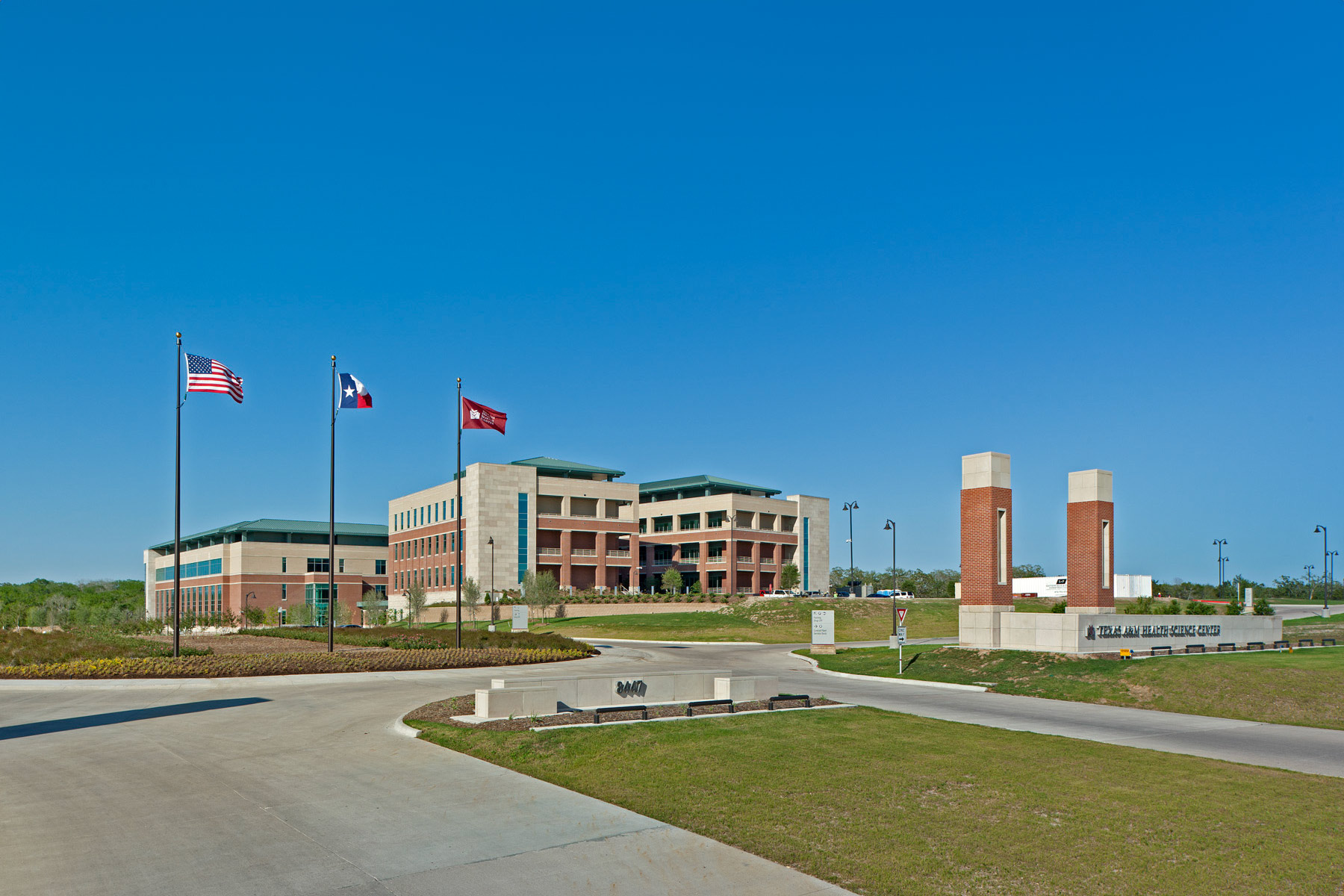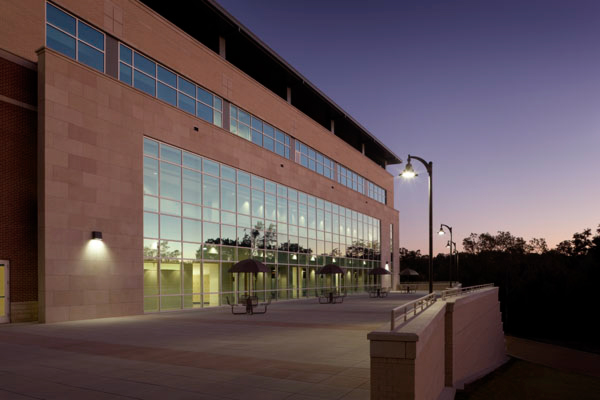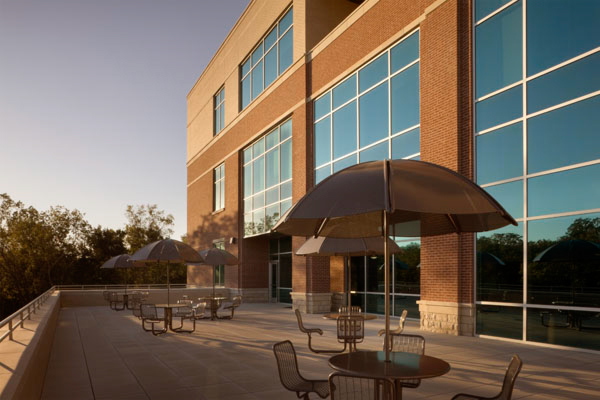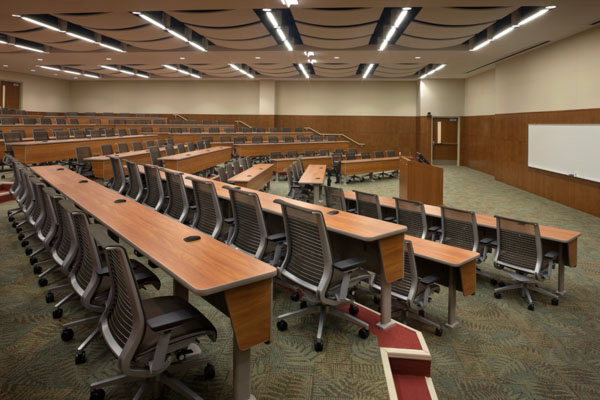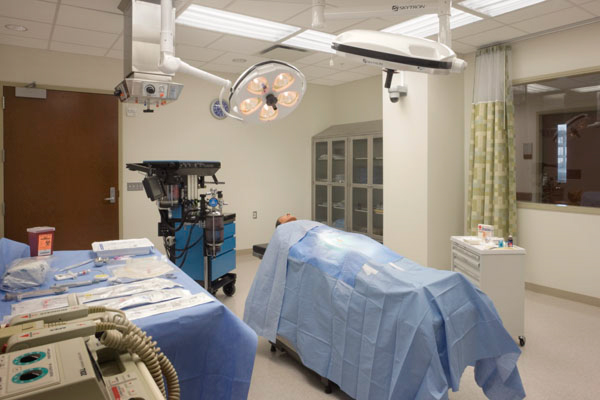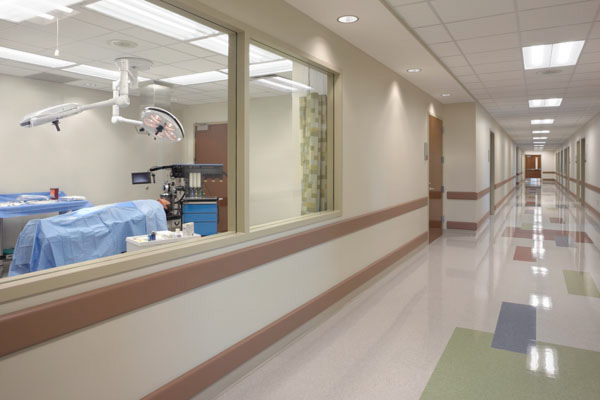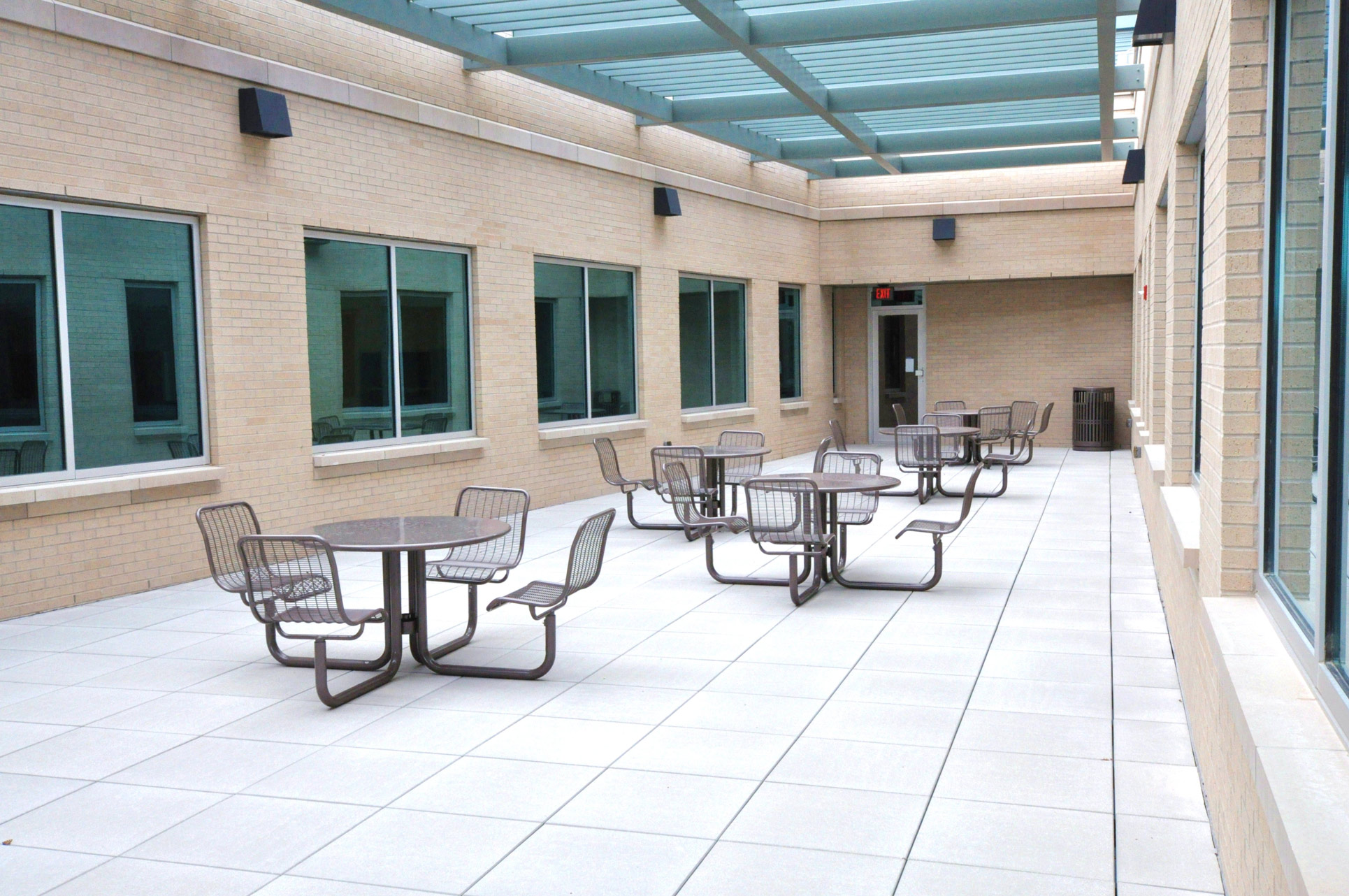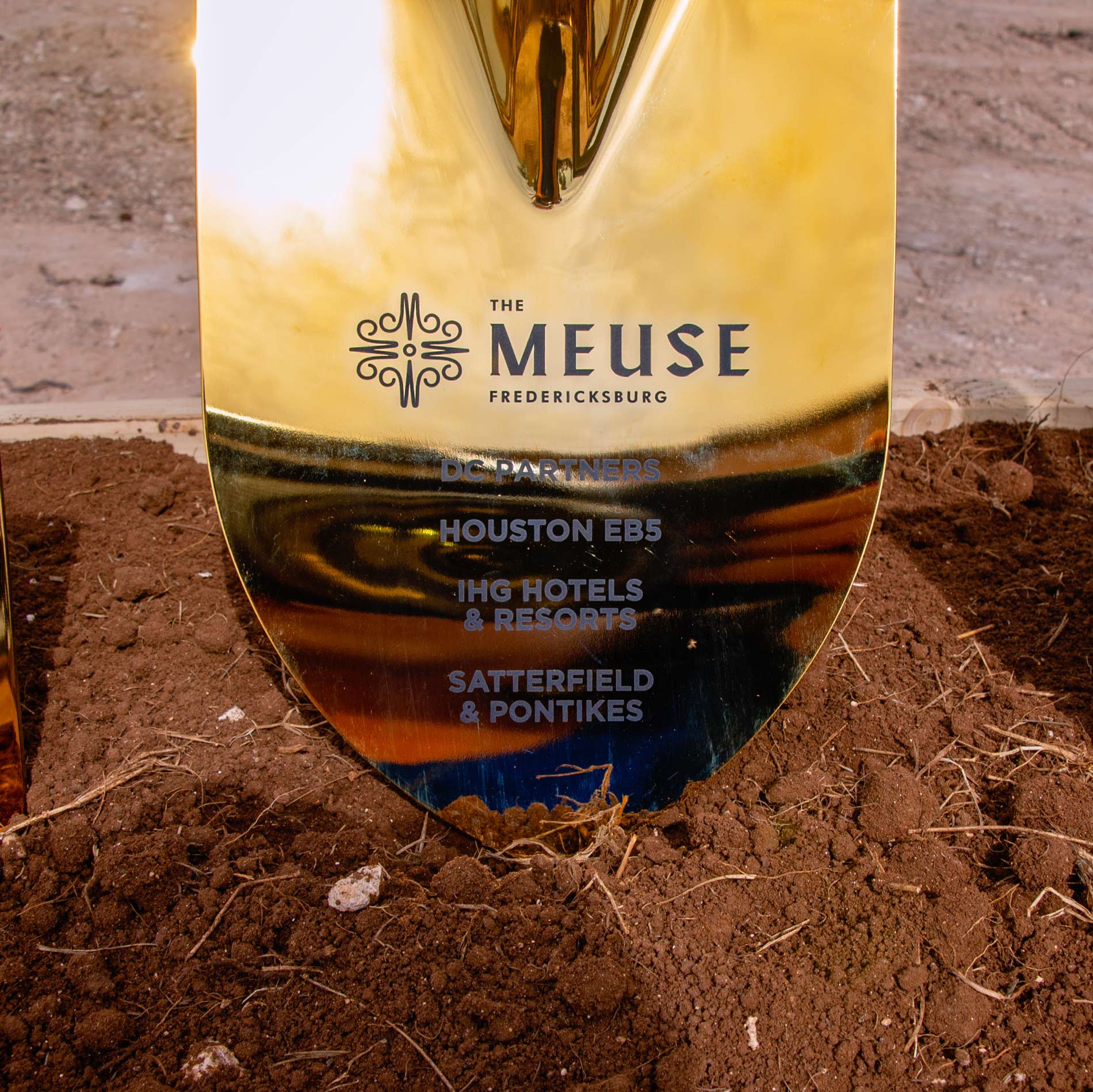Project Spotlight: TAMU Health Science Center Campus
Tech Driven Construction
As an experienced health care and higher-education builder, Satterfield & Pontikes Construction, Inc. (S&P) built the Health Professions Education Building (HPEB), the Medical Research and Education Building (MREB), and a central utility plant for the Texas A&M Health Science Center campus – the first buildings on the 200-acre medical teaching and research complex. In this 299,338 square-foot project, S&P clearly demonstrated how the application of advanced technology such as Building Information Modeling (BIM) technology elevates performance and refines estimating, planning, coordination, construction and building operations.
Before S&P’s involvement, Texas A&M faced a difficult budget challenge with a $127 million guaranteed maximum price from the initial contractor, exceeding the approved budget by $22 million. Texas A&M made the difficult decision to terminate the original contractor and put the project out for competitive sealed proposals. The owner chose S&P to construct the project, having submitted a $102.5 million bid.
To provide more detailed data during the bidding process, S&P utilized BIM (Building Information Modeling) by creating a fully functional 3-D model based on the design documents. The 3-D model aided in accurate estimating and pricing. It provided S&P with exact quantities of materials from the design documents, which provided a higher level of detail resulting in a more accurate bid.
After the project was won, S&P leveraged the same 3-D model used during the estimating process throughout the construction and close-out phases. All the facility maintenance data, called COBie (Construction Operations Building Information Exchange), was embedded into the model. S&P provided that “intelligent” facility maintenance model to the Owner for their use in the facility management process post construction and turnover.
S&P’s willingness to take the time to understand the project in great detail produced a cost estimate that saved the owner more than $25 million, resulting in the owner adding back $7.2 million in scope enhancements, such as laboratory upgrades. This project shows how performance can be dramatically improved by embracing the advanced use of technology.
To keep the project on schedule, a phased scheduling system was implemented, allowing multiple parts of the project to be worked on at the same time. Such an overlapping schedule required a high degree of coordination. S&P’s expertise and collaboration ensured project success, surpassing expectations. Certain aspects of the project required skill levels above the norm. Selection of subcontractors and workers with the right skill sets was a key element in achieving desired results.
This project wasn’t without its challenges. Construction began on a true greenfield site – raw land requiring more than 26,000 linear feet of underground utility service on the site alone. The HPEB and MREB are separated by only 40 feet horizontally yet have a 20-foot starting elevation difference. The buildings had to be constructed at the same time because all mechanical, electrical, and plumbing (MEP) services are fed from the central utility plant to the HPEB through the MREB. Site-retaining walls and utilities were reviewed and ultimately designed in a way that would allow them to be constructed in sections or locations that still allowed the flow of building materials.
Several innovative approaches to construction techniques and materials are present in both buildings. An excellent example is the way the patios are constructed. The patios also serve as the roofs for the lecture halls on the floor below. An elevated paver system resting on rubber pedestals sits on top of the roof structure for the lecture halls. The elaborate roof and patio system of 2’x2’ colored concrete pavers contain built-in roof drains and is also a walking surface complete with picnic tables and seating for outdoor dining, lounging and other activities.
Another innovative element is the giant structural beam system that spans the length of the lecture halls. The large, oversized beams are approximately eight feet by four feet and carry the heavy load of the roof on which the entire patio paver system sits.
The HPEB and MREB, completed within the original timeline and budget, received recognition with awards such as the Award of Excellence in Higher Education/Research from Texas Construction and the Associated Builders & Contractors Best of the Best ICE Award in the Institutional Publicly Funded category for projects exceeding $100 million. These accolades underscore the remarkable achievement and contribution of all involved in this endeavor. This project is of great importance to the Bryan-College Station area and was the first step in the Health Science Center campus in bringing cutting-edge biomedical research and development to the region.
Learn more about our successful healthcare projects and how we’re leading the charge in constructing modern, efficient, and patient-centric healthcare buildings. https://satpon.com/portfolio/healthcare
November 29, 2023


